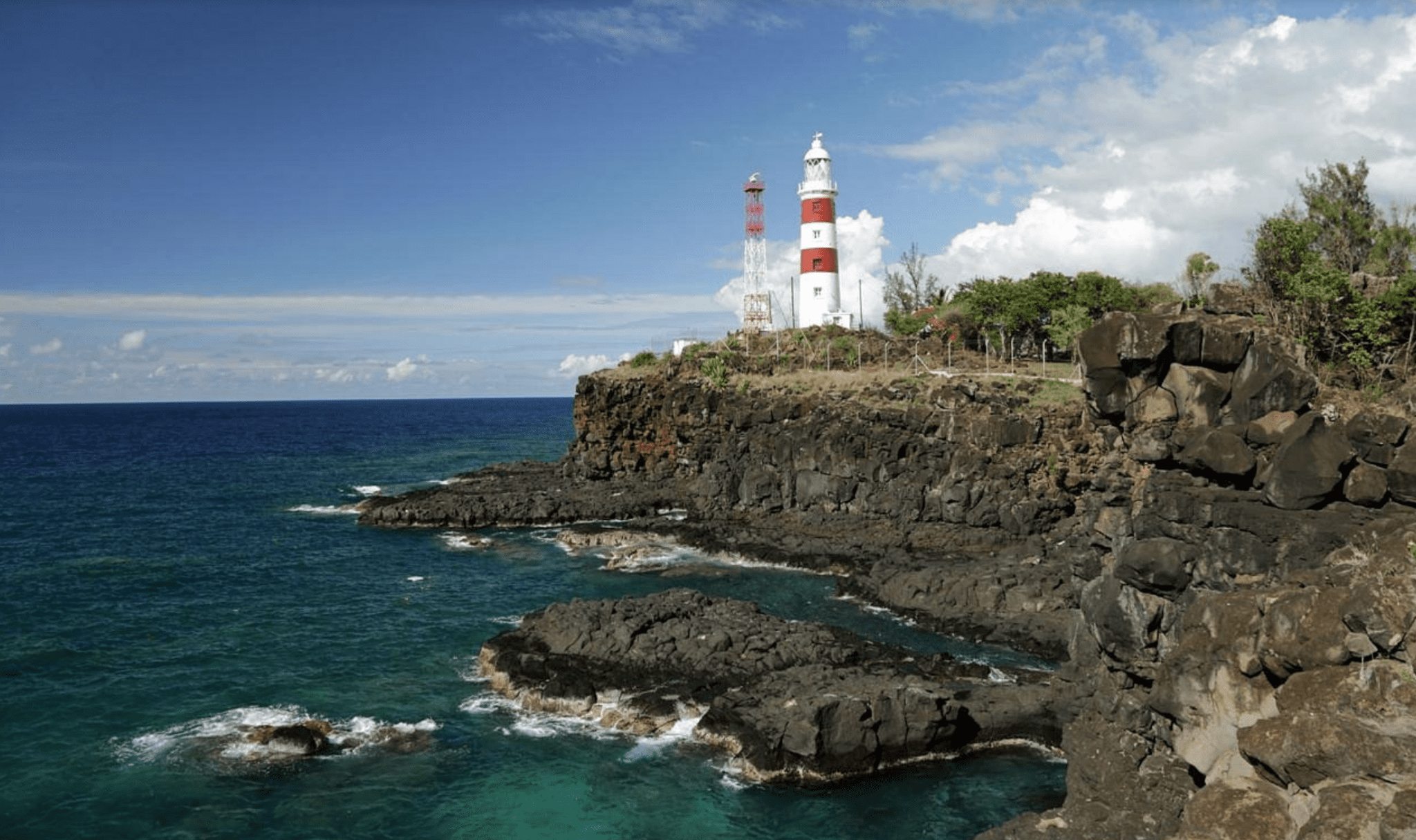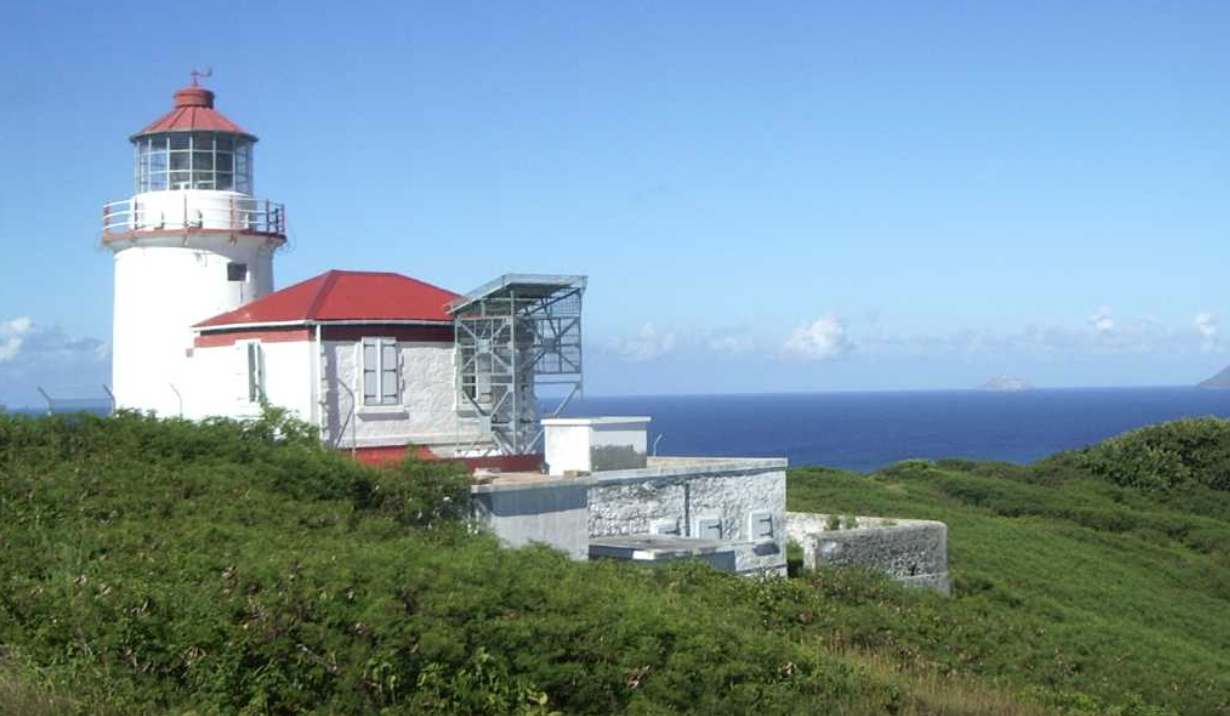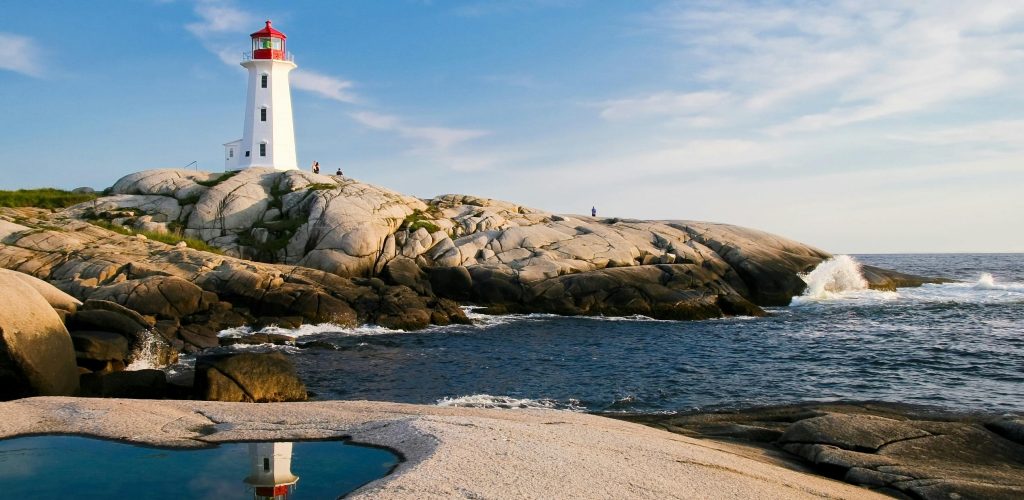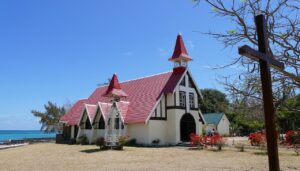Lighthouses have long served as essential navigational aids, guiding ships safely through challenging waters with their powerful beams of light. These elegant structures, typically towering and slender, use advanced lens systems to ensure the safe passage of vessels. Mauritius, with its rich colonial history, boasts several historic lighthouses, each a testament to the island’s maritime legacy. While only a few remain active today, each lighthouse is a unique piece of Mauritius’s past, managed by the Mauritius Ports Authority.
In this article, we’ll delve into the notable lighthouses of Mauritius. Among them, the Albion Lighthouse and Flat Island Lighthouse continue to operate, playing a crucial role in maritime navigation. Mauritius, though compact, is brimming with hidden treasures that often escape notice. As you explore beyond the island’s renowned hiking trails, temples, and churches, you’ll uncover another fascinating aspect of its history: its lighthouses.
We’ve already enjoyed uncovering the island’s stunning hiking trails, iconic temples, and beautiful churches. Now, it’s time to add another treasure to the list: the lighthouses of Mauritius. These historic beacons, though lesser known, are integral parts of the island’s maritime legacy.
Photo Credit: Pixabay
Read on to discover more about these lighthouses and where you can find them
Pointe des Cavernes (Albion)
The Albion Lighthouse, perched on the rugged cliffs of Pointe des Cavernes on Mauritius’s west coast, has been a beacon for sailors since its inauguration in 1910. Built during Sir Cavendish Boyle’s mandate, this 30-meter tall lighthouse was designed to alert ships of the treacherous cliffs and turbulent waters of the region.
Key Features: The lighthouse’s white tower, adorned with two red horizontal bands, was originally visible from over 30 kilometers away. Though the lighthouse remains operational, access is restricted and requires prior permission from the Mauritius Ports Authority.
Visitor Tips: The cliffs offer stunning views of the Indian Ocean and are popular among photographers and rock climbers. However, the area is known for dangerous seas, and swimming is not permitted. Exercise caution, especially during the rainy season when the paths can be slippery.
How to Reach: Located about 10 kilometers southwest of Port Louis, the lighthouse is accessible by car. Drive along the coastal road from Port Louis towards Albion and follow signs to Pointe des Cavernes.

Pointe aux Cannoniers (Cannonier Hotel, Grand Baie)
Located at Pointe aux Cannoniers in the north of Mauritius, this lighthouse is set within the grounds of the Le Canonnier Beachcomber Hotel. Established in 1855, it was originally part of a French fortification designed to protect the region from invaders.
Key Features: The lighthouse, a National Heritage site, was built atop a fort tower and once served a vital navigational role. Today, it stands as a historical landmark with an intriguing past, including its use as a quarantine station.
Visitor Tips: While the lighthouse itself is not open to the public, its historical and architectural significance can be appreciated from the hotel grounds. The area is also known for its tranquil beaches and excellent hiking opportunities.
How to Reach: Head to the Le Canonnier Beachcomber Golf Resort & Spa near Grand Baie. The lighthouse is located on the hotel property and can be viewed from the grounds.

Ile Aux Fouquets (Fouquets Island)
The Ile Aux Fouquets Lighthouse, also known as the Grand-Port Lighthouse, was built in 1865 on the islet of Fouquets. Although inactive for many years, it remains a significant part of Mauritius’s maritime history.
Key Features: The lighthouse was once crucial for guiding ships entering Grand Port and is classified as National Heritage. The islet also played a role in the Battle of Grand Port, a notable naval conflict.
Visitor Tips: Accessible by catamaran or speedboat from Mahebourg, the islet offers stunning views and historical significance. Camping is not allowed without special permission.
How to Reach: Arrange a visit via local catamaran or speedboat tours. The islet’s history and ruins provide a fascinating glimpse into Mauritius’s past.

Flat Island (Île Plate)
Flat Island, situated approximately 11 kilometers north of Mauritius, has been home to an operational lighthouse since 1855. This island, once a quarantine station during disease outbreaks, is known for its challenging waters and rich history.
Key Features: The lighthouse stands 16 meters tall with a distinctive red lantern roof. It plays a crucial role in navigating the often perilous surrounding waters.
Visitor Tips: Flat Island can be visited by boat, with tours available that include a hike to the lighthouse. While camping is prohibited to protect the environment, visitors can enjoy panoramic views of the northern coast and nearby islets.
How to Reach: Book a tour through local operators or the 20° Sud Hotel, which also manages a restaurant on the island.

Special thanks to Ali J for providing valuable information that contributed to this article.









Recent Comments